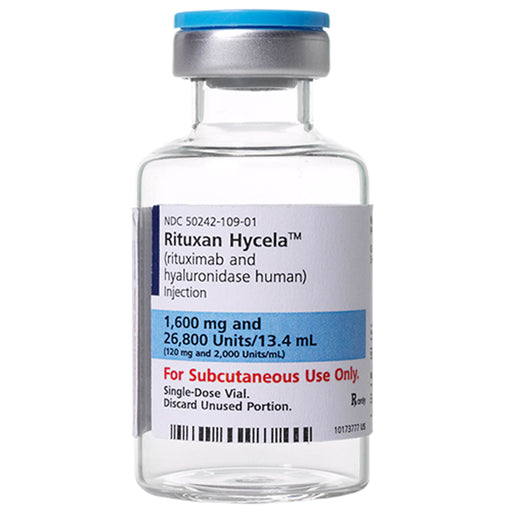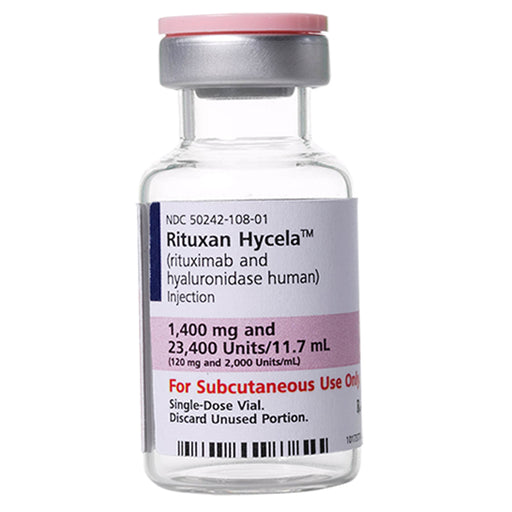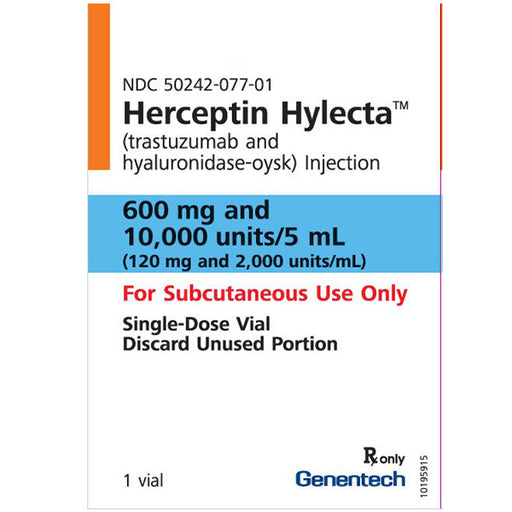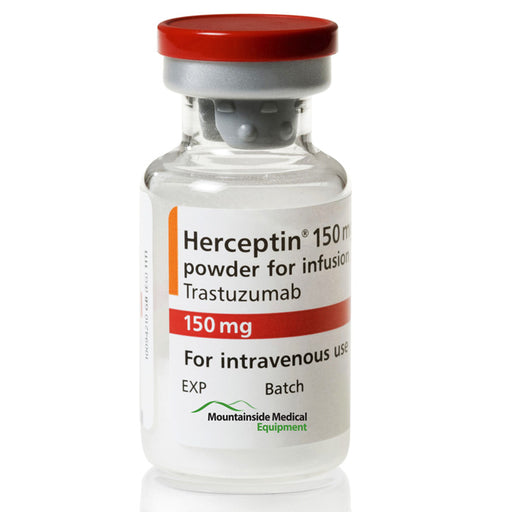Restore Your Natural Beauty or Improve Absorption with Safe, Fast-Acting Hyaluronidase Injections. Trusted Worldwide for Dissolving Hyaluronic Acid Fillers, Managing Complications, and Enhancing Subcutaneous Treatments.
Order Hyaluronidase Injections & Hylenex – Fast, Safe Filler Dissolving & Emergency Filler Correction
Get expert-grade hyaluronidase today for safe, rapid reversal of hyaluronic acid fillers and enhanced drug absorption. Trusted by top clinics and hospitals worldwide for optimal patient outcomes!







